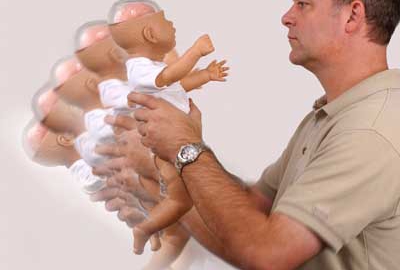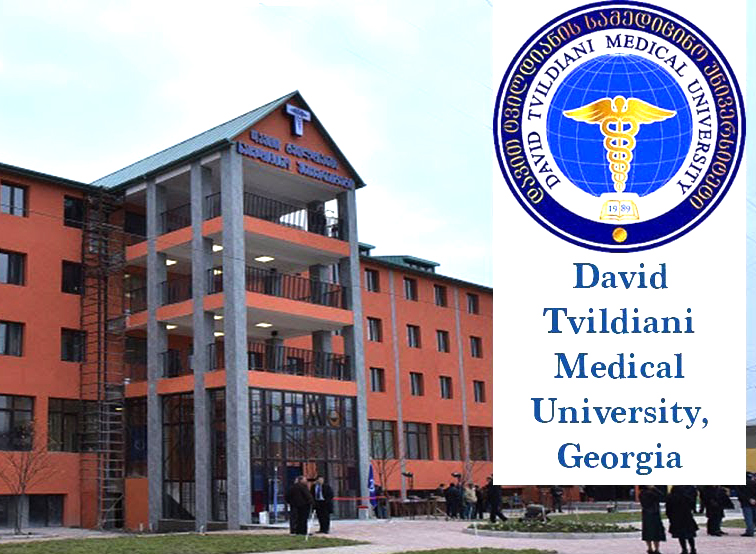BACKGROUND: The systematic approach of the pediatric patient with recurrent upper airway obstruction (RUAO) must be based on a through clinical history, physical examination, and the adequate use of the laboratory and diagnostic procedures, which must complement the correct identification of the causes of UAO and its interrelation with comorbid conditions as allergic rhinitis, rhinosinusitis and adenoiditis, with or without significant hypertrophy.
OBJECTIVE: This work, is to propose the study protocol of the patient with recurrent upper airway obstruction used in our own Instituto Privado de Alergia, Inmunología y Vías Respiratorias.
MATERIAL AND METHODS: We studied in a prospective fashion, a cohort of 117 pediatric patients, 12 years old and under, with clinical complaints of RUAO. 2/3 of these patients had a suggestive cytology pattern of nasal allergy and infection at the same time, following the method proposed by Dr. Alfredo Jalowayski from UC San Diego.
RESULTS:The use of conventional radiology (lateral neck x ray) in the diagnosis of hypertrophy/hyperplasia of adenoidal tissue is useful and give us an orientation regarding the adenoidal size in 75% of the patients; nevertheless, it should not be considered as the most sensible diagnostic procedure to decide the best therapeutic option. If this study shows a decrease in diameter of the airway between the hard palate and the adenoidal shadow of 20% or more, we should proceeded with a flexible rhinopharyngoscopy to evaluate not only the real size of the adenoidal tissue, its mucosal appearance and its relation within the posterior pharynx with the Eustaquian tube (oto-pharyngeal tube-OPT). The endoscopic procedure is easy to perform, even in small children and showed us that almost half of the patients with abnormal lateral X-ray, have at least some degree of OFT obstruction. Aside from these results, the nasopharyngoscope give us useful information about comorbid and or existing conditions such as allergic rhintis, nasal polyposis, status of the osteomeatal complex, presence of bullae, anatomic variations, septal deviations and status of the olfactory epithelium.
CONCLUSIONS:The use and feasibility to perform the nasal cytology test using the rhinoprobe technique, allow us to know the predominant cellular pattern of the nasal mucous, differentiate the allergic or non allergic rhintis, eosinophilic, basophilic, infectious or non infectious process.









